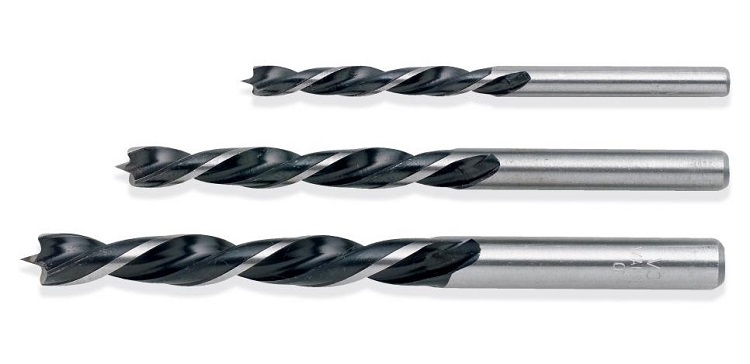Cutting Tool is a wedge shaped device that actually removes (shears off) excess material from a preformed blank in order to obtain desired shape, size and accuracy. While machining or metal cutting operation, the cutting tool (also called cutter) forcefully compresses a thin layer of material in the workpiece and gradually shears it off. However, to remove material, three relative motions are necessary. These motions actually provide necessary cutting velocity, feed velocity and depth of cut. Cutting tool itself cannot provide any such motion as it is rigidly mounted on the tool holder in the machine tool. All necessary motions are supplied by the machine tool using various arrangements.
Classification of cutting tools
Although basic shape of cutting tool varies greatly with the type of operation it is intended to perform, every cutting tool must contains a wedge shaped portion with a sharp cutting edge, which can cut material smoothly. Now, a cutting tool may contain one or more main cutting edges that participate in cutting action at a time in a single pass. Cutting tools can be classified in various ways; however, the most common way is based on the number of main cutting edges that participates in cutting action at a time. On this basis, cutting tools can be classified into three groups, as given below.
- Single point cutting tool
- Double point cutting tool
- Multi point cutting tool
What is double point cutting tool?
A double point cutting tool consists of two cutting edges that can simultaneously engage in cutting or shearing action at a time in a single pass. Contrary to this, a single point cutting tool contains only one main cutting edge and multi-point cutting tool contains more than two cutting edges for performing machining action in a single pass. Sometime, cutters can be classified into two groups only where double point cutters are also considered as multi point cutters. Moreover, one cutting edge is obtained by the intersection of one rake surface and one flank surface. So double point cutting tools contains two rake surfaces and two flank surfaces.
Examples of double point cutting tool
Drill is the only one example for this category. Drills may contain more than two flutes also; however, conventional metal cutting drill contains two flutes only. Modification of cutting edges in drills may also increase number of cutting edges and that can put drill in multi-point cutter category. Two-flute end milling cutter can also be considered as an example; however, that will be too specific as end milling cutter commonly has more than two teeth.

Advantages of double point cutting tool
- Due to the simultaneous action of two cutting edges, sometime a particular component of cutting force arises from two cutting edges automatically eliminates (or reduced) each other. This reduces various impacts (such as instability, vibration, etc.) of unbalanced cutting force.
References
- Book: Machining and Machine Tools by A. B. Chattopadhyay.
- Book: Metal Cutting: Theory And Practice by A. Bhattacharya.
- Book: Manufacturing Process for Engineering Materials by S. Kalpakjain and S. Schmid.
- Book: Geometry of Single-point Turning Tools and Drills – Fundamentals and Practical Applications by V. P. Astakhov.